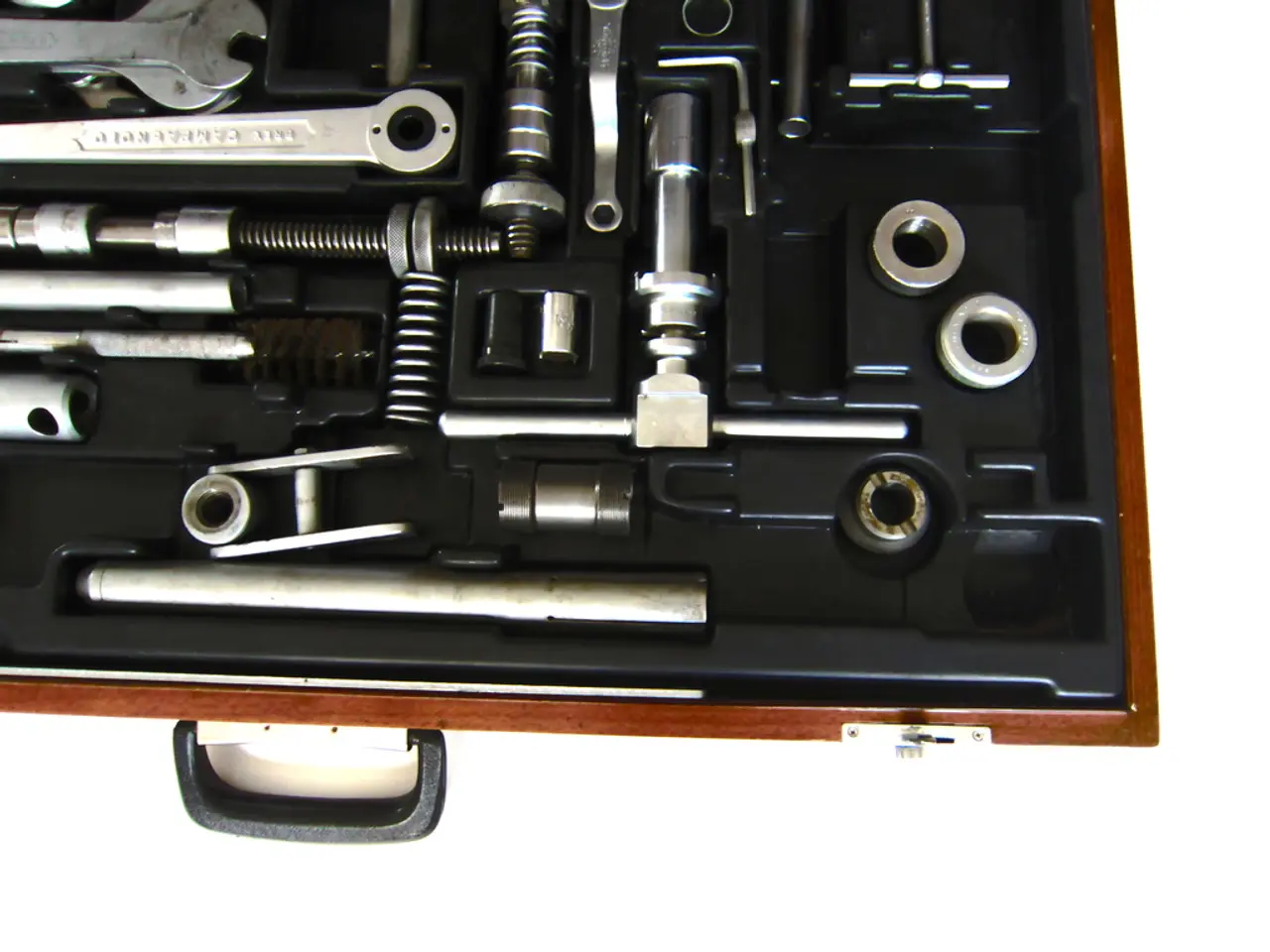Navigating Effective PLM Deployment: A Step-by-Step Guide
Transitioning to a Product Lifecycle Management (PLM) system can significantly improve a business's product development processes and lifecycle management. Here's a roadmap for a successful PLM software implementation, based on the renowned guide "Achieving Success in PLM Implementation: A Roadmap."
Initiating and Planning
The first step is to define clear objectives for the PLM implementation. This includes outlining the business case, project scope, deliverables, resources, timeline, and cost estimates. Engage key stakeholders early to align expectations and secure approvals. A detailed plan should outline what to achieve, how, and when, including risk assessment and resource allocation.
Design and Configuration
Customize or configure the PLM software to match the specific workflow requirements of your company’s product lifecycle. This phase must ensure the tool supports coordination across departments, from design and engineering to manufacturing and marketing.
Testing and Validation
Thoroughly test the PLM system functionalities to ensure all processes work smoothly and data flows correctly across teams and lifecycle stages. This is essential before full deployment to eliminate errors and gaps.
Training and Change Management
Provide comprehensive training for all users and create adoption strategies to manage change effectively within the organization. PLM impacts numerous teams, so communication and user buy-in are critical.
Deployment and Monitoring
Roll out the PLM software progressively, monitor its performance, and use feedback mechanisms to adjust and improve operations continually. This monitoring involves tracking progress, adapting to market or operational changes, and optimizing supply chain and customer support as the product moves through its middle and end-of-life stages.
Continuous Improvement and Iteration
PLM is iterative; the system and associated processes should evolve based on new insights, customer feedback, and technological advances to remain aligned with business goals and product demands.
Key Considerations
Successful PLM software implementation necessitates early and effective stakeholder engagement, fostering a sense of ownership and collaboration. A robust pre-implementation strategy is essential, involving a comprehensive assessment of current processes and systems to identify strengths and gaps, establishing clear, achievable goals, and a realistic timeline.
Seamless integration of the PLM system with existing business systems (like ERP, CRM, and SCM) is crucial for achieving a unified view of product data and processes. Encouraging open communication fosters a culture of continuous learning and adaptation, crucial for maximizing the benefits of the PLM system.
Understanding the interfaces and APIs available is essential for seamless integration of the PLM system with existing business systems. Establishing a clear timeline and responsibilities ensures a smooth transition, minimizing downtime and ensuring that critical data is available in the PLM system from day one.
Regular review and optimization sessions are necessary to ensure the PLM system remains aligned with organizational goals and technological advancements, supporting innovation and maintaining operational efficiency. Establishing a system for ongoing support and feedback is essential for the successful adoption of the PLM system, fostering a culture of continuous learning and adaptation.
Close collaboration with IT teams and vendors ensures that the integration of the PLM system with existing systems is smooth, secure, and supports the unique configurations of your technological ecosystem. A detailed mapping of data flows is required for successful integration of the PLM system with existing business systems.
Developing and implementing comprehensive training programs is essential for ensuring all users are proficient with the new PLM system, tailoring training to various roles and levels of expertise within the organization. A thorough analysis of business requirements is vital for tailoring the PLM system to an organization's needs, engaging cross-functional teams to gather comprehensive insights.
Conducting trial migrations helps identify potential issues and implement solutions during the data migration process. Choosing the right PLM software requires a balance between current needs and future growth, considering functionality, scalability, user interface, compatibility with existing systems, and vendors with industry expertise. Pilot testing and a phased rollout approach are recommended for ensuring a smooth transition, reducing resistance, and empowering users to fully leverage the PLM system's capabilities.
- To ensure a successful PLM software implementation, it's crucial to consider integrating the system with existing business systems such as finance, technology, and business domains like ERP, CRM, and SCM, as this helps maintain a unified view of product data and processes.
- In the phase of Testing and Validation, it's essential to test the PLM system functionalities with technology and business considerations to guarantee all processes work seamlessly and data flows correctly across teams and lifecycle stages.




